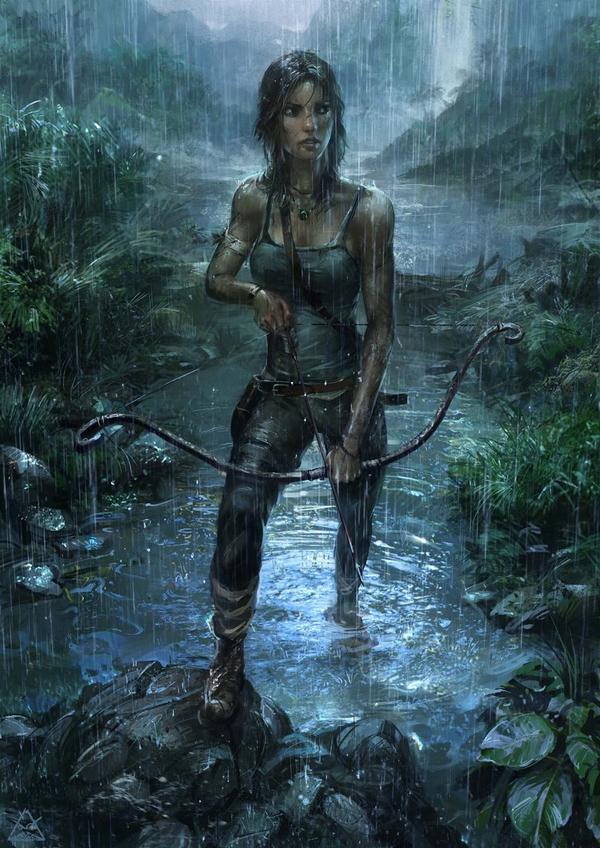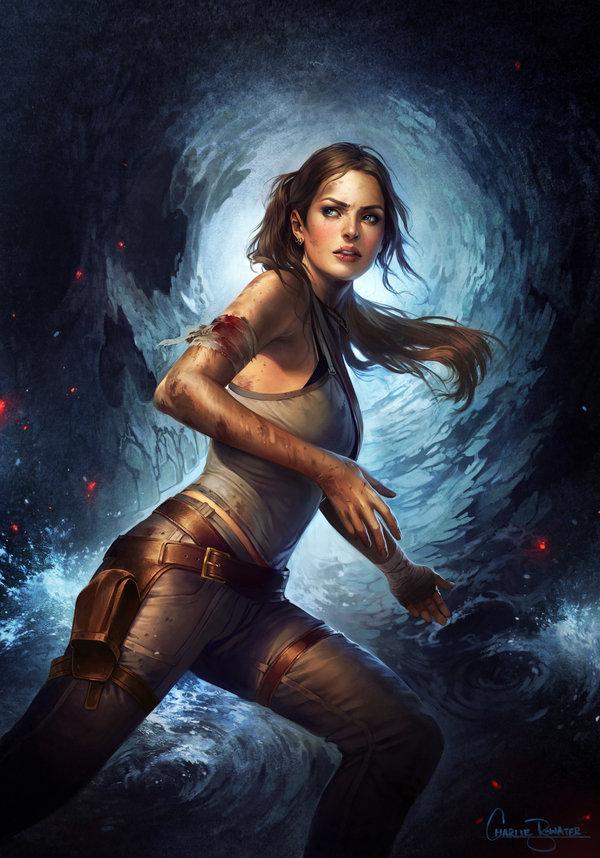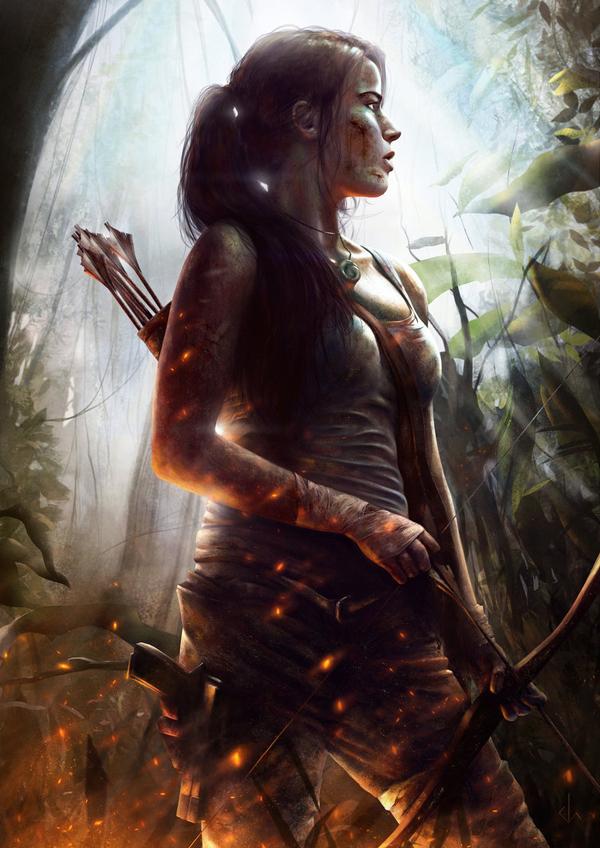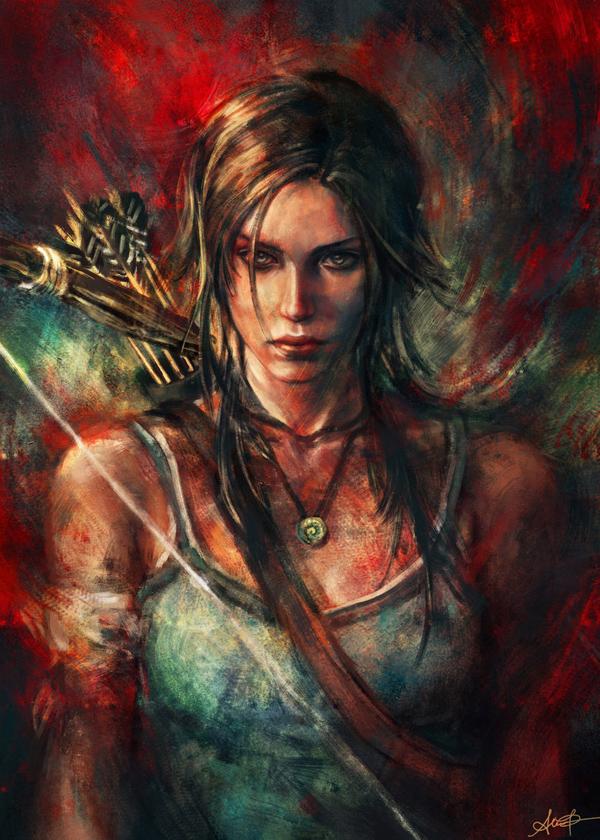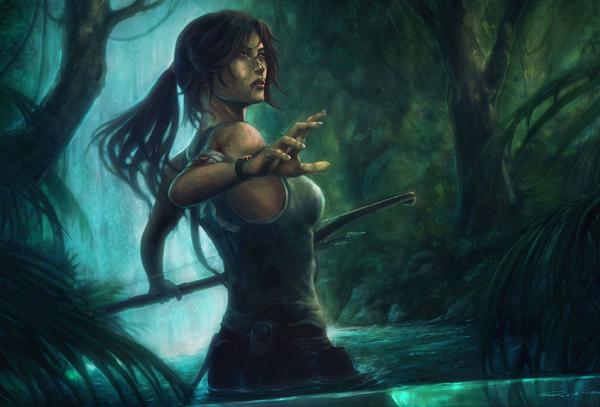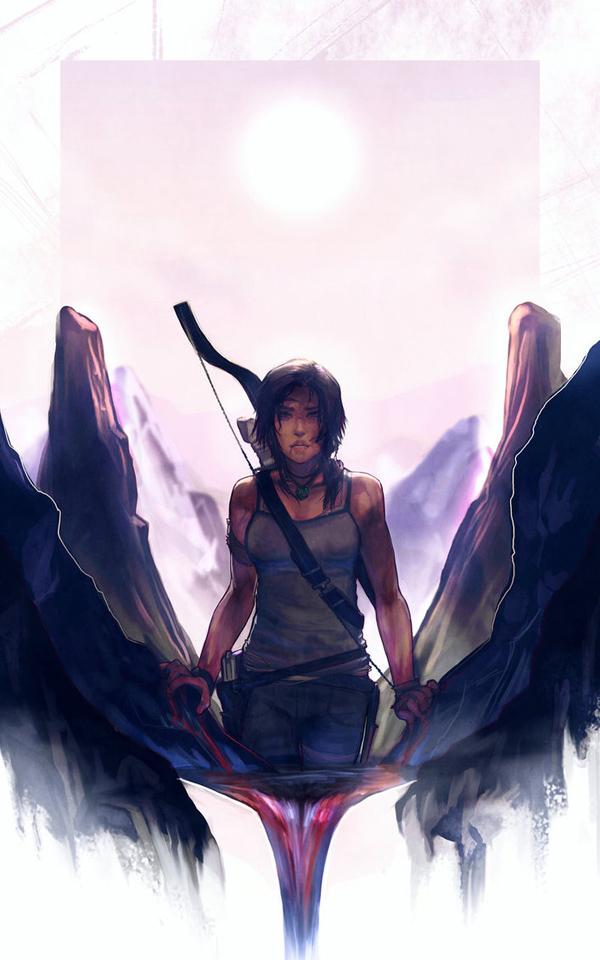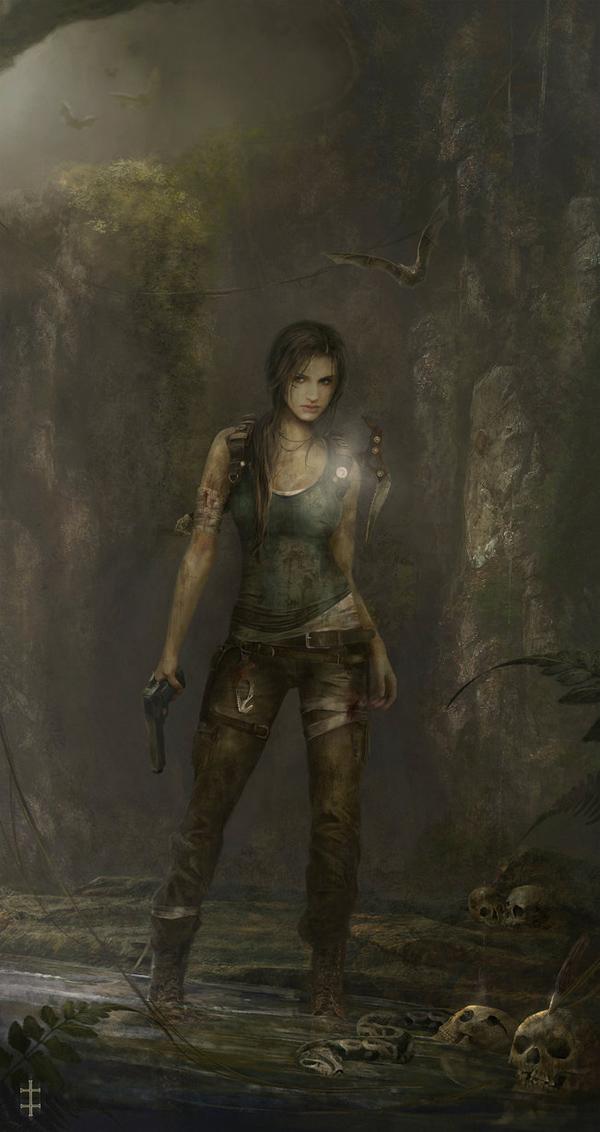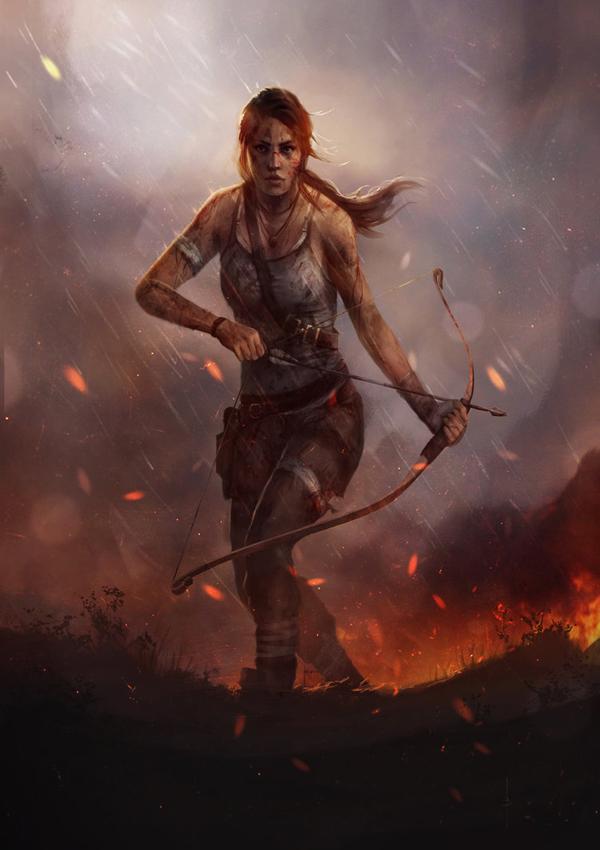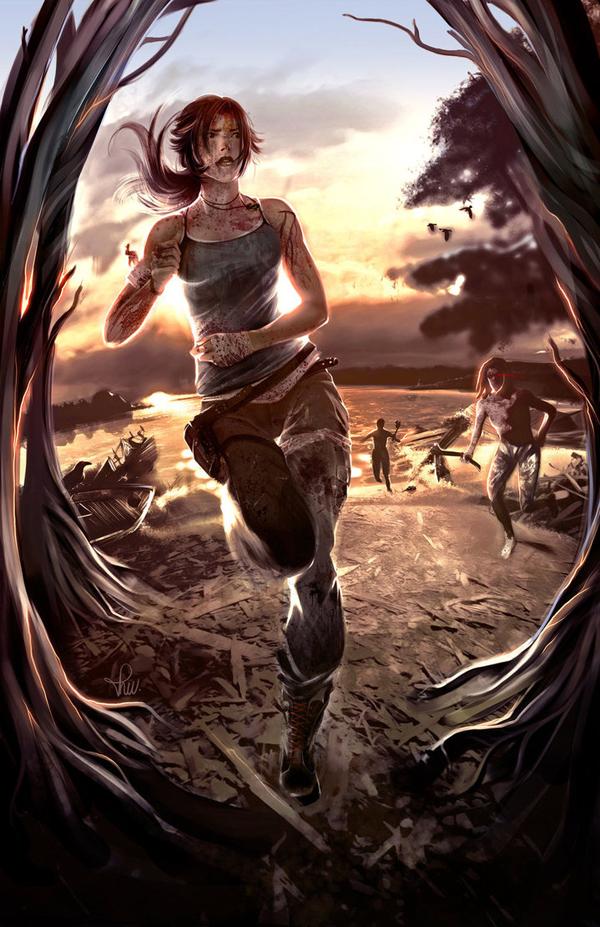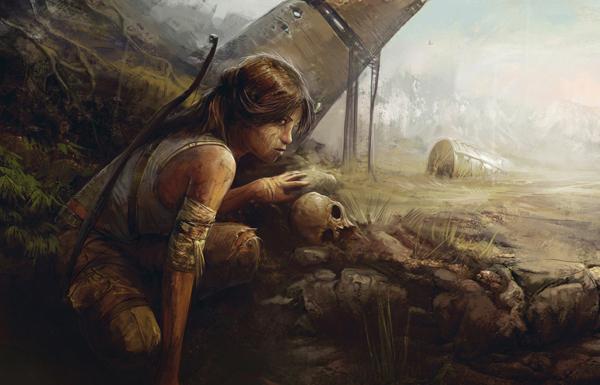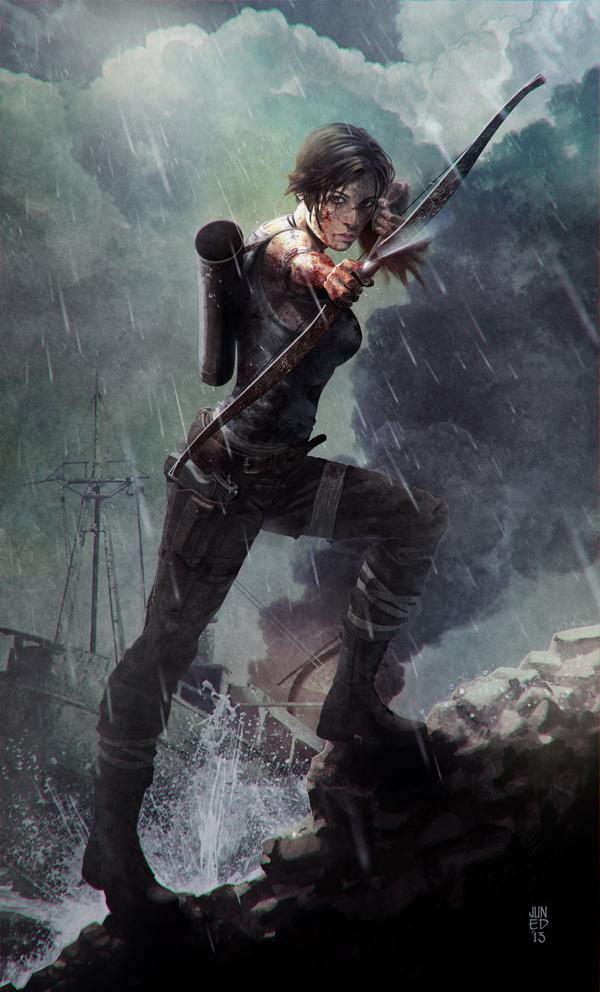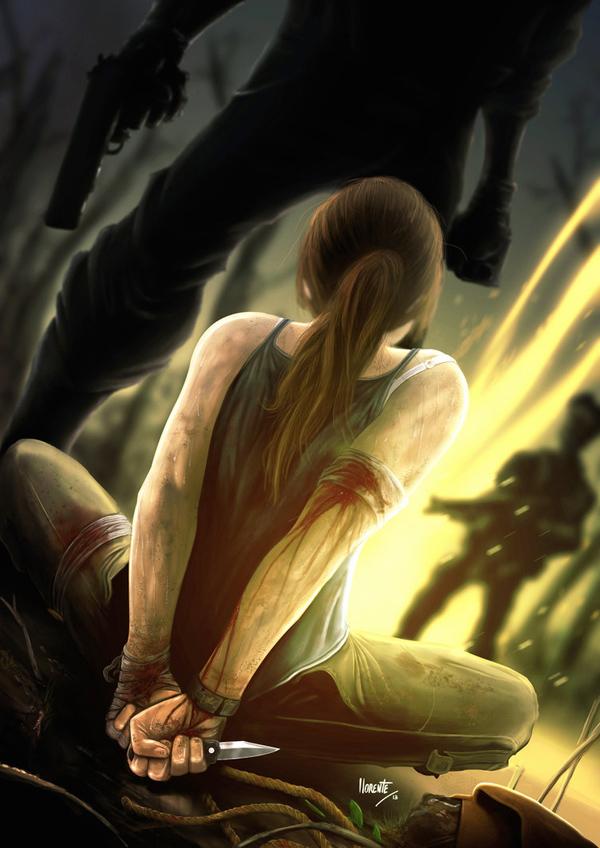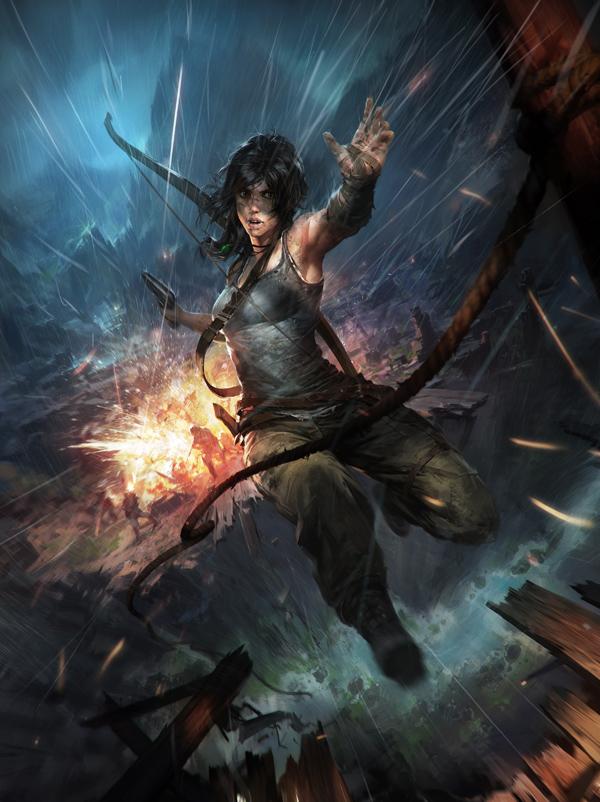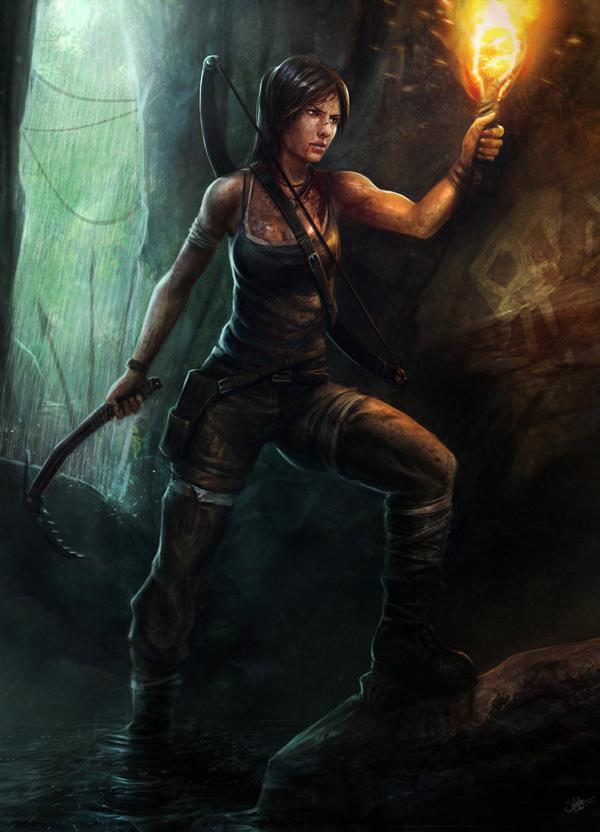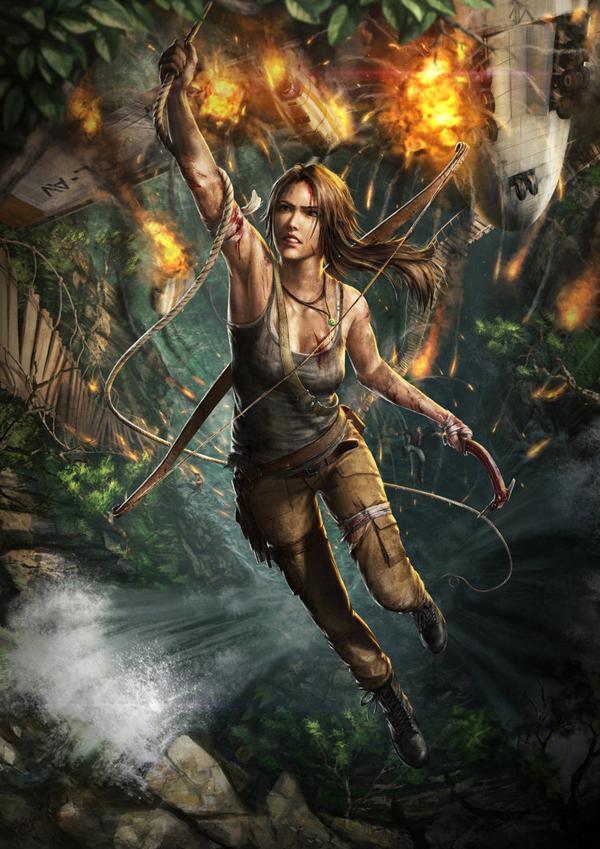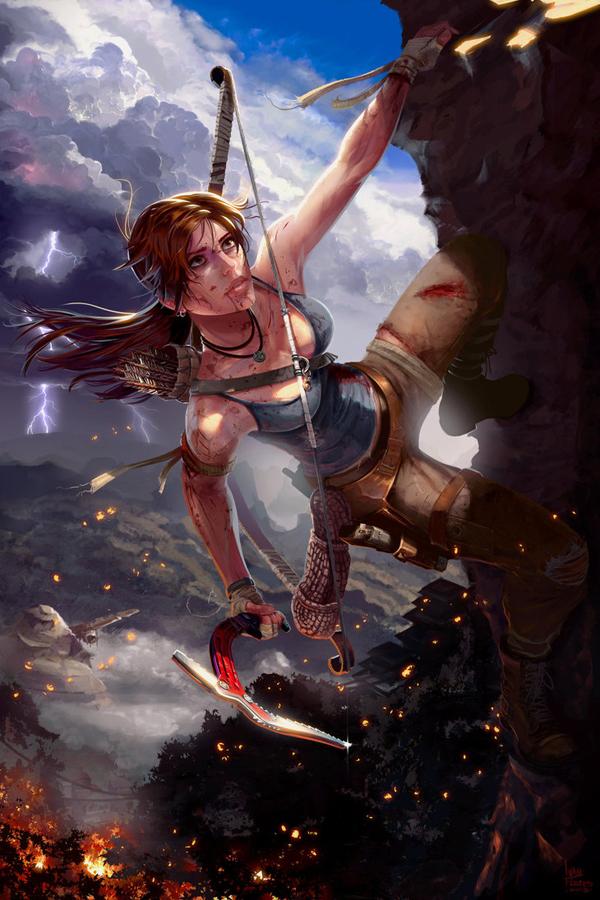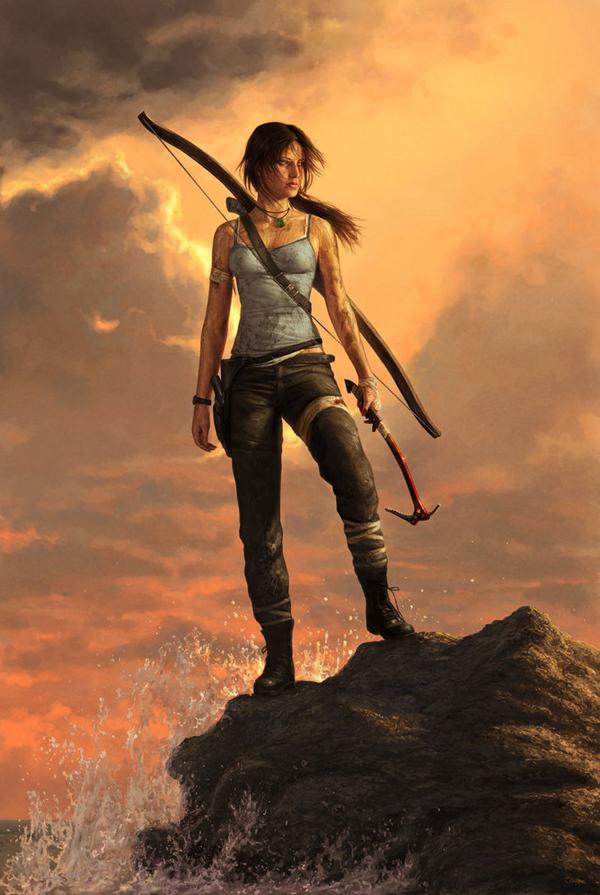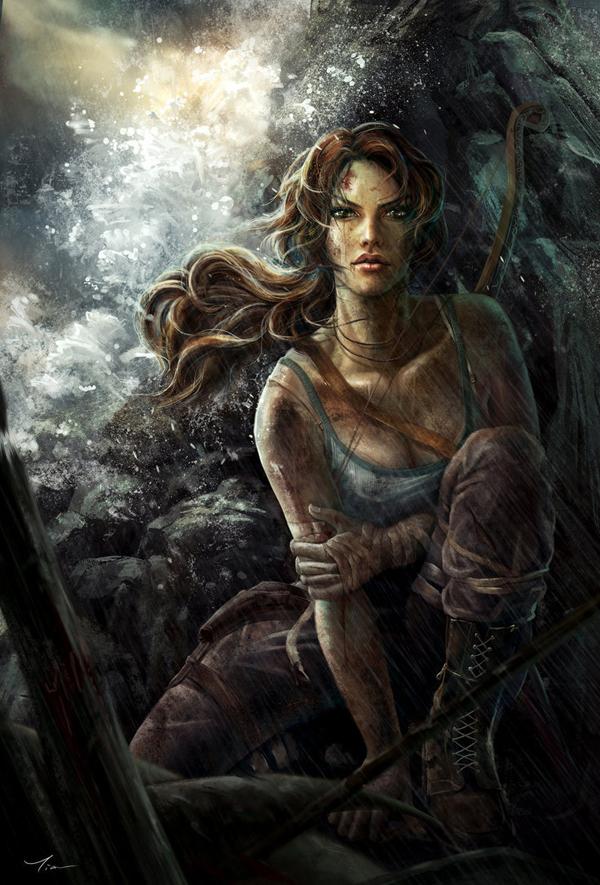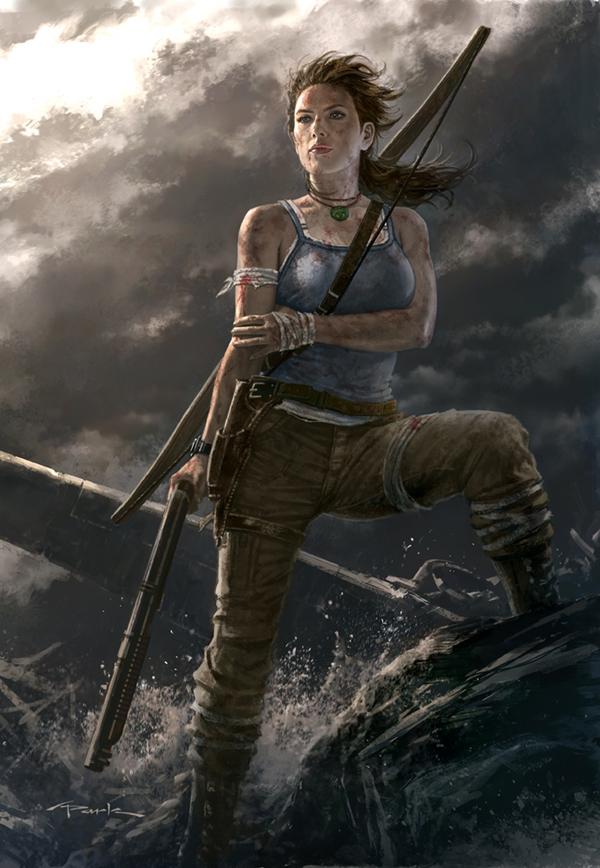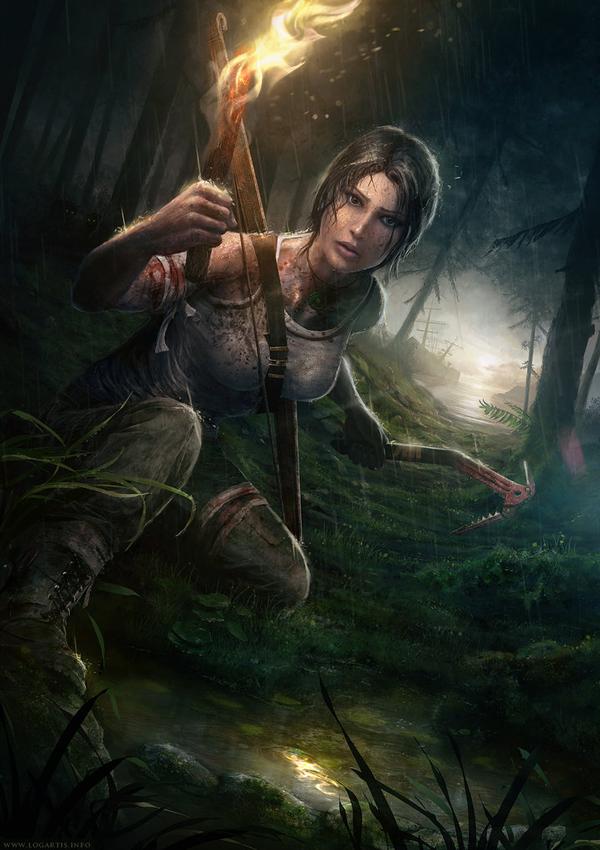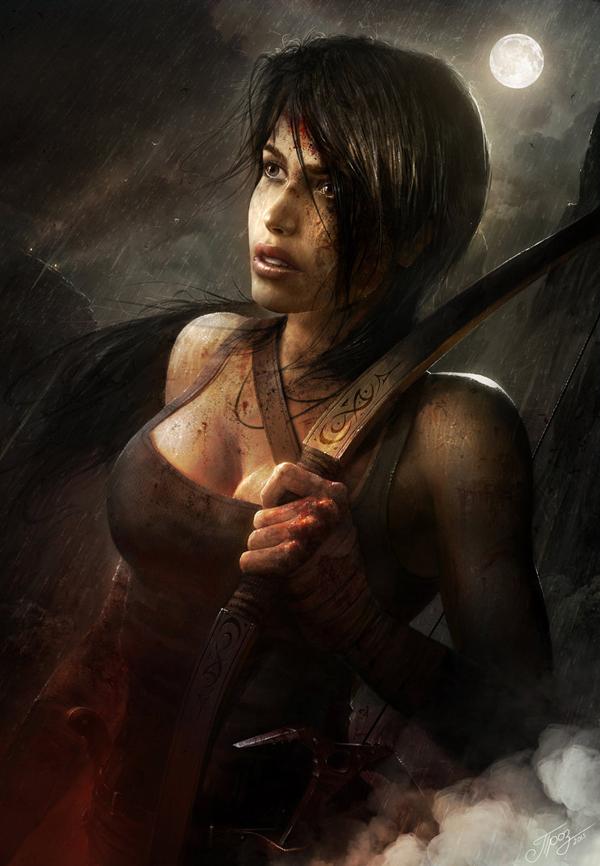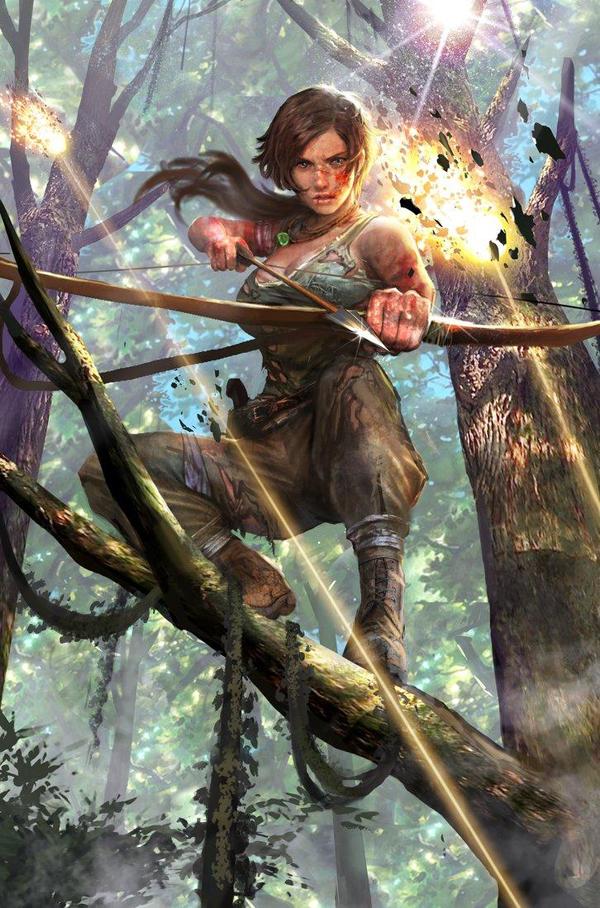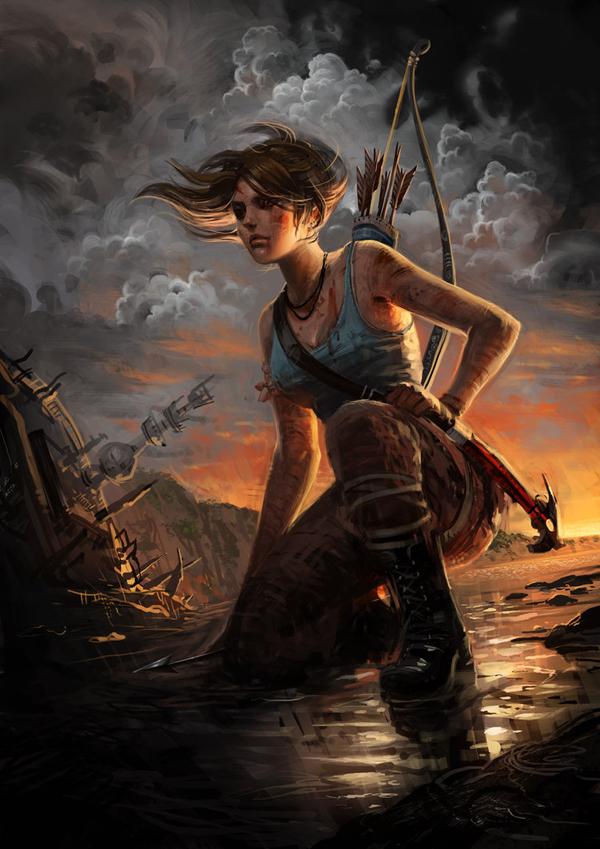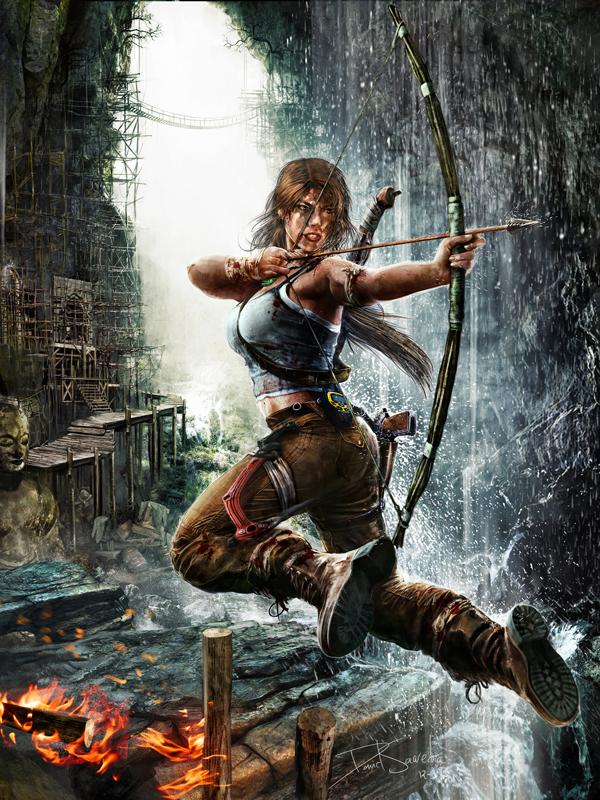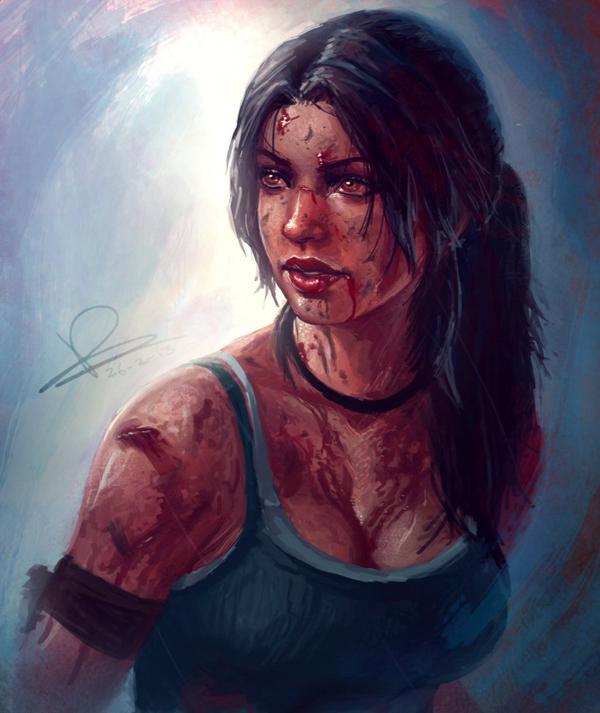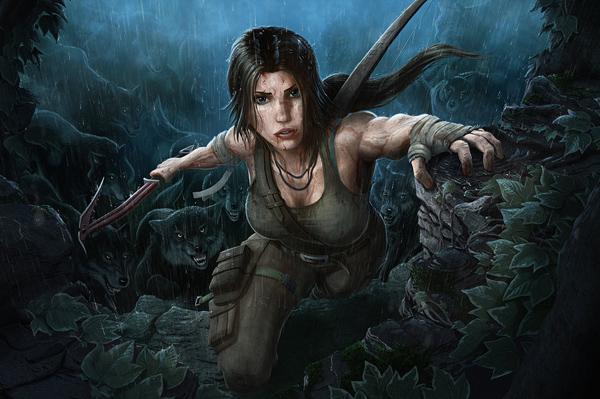Picture this: an ancient ruin, half-swallowed by the earth, silent but for the distant howl of the wind. Now, add a solitary figure, a silhouette against the setting sun, a braid trailing down her back. This is Lara Croft, the indomitable spirit at the heart of the Tomb Raider franchise. Since her debut in 1996, Lara has not just explored forgotten tombs and hidden civilizations; she’s charted a course through the evolving landscape of video game artistry. Tomb Raider’s striking visual legacy has left as big an imprint on gaming culture as the mark of an ancient civilization, enduring and profound.

Genesis of a Gaming Icon
From sketch to screen, the birth of Tomb Raider was a digital revolution. The original game, crafted by Core Design, brought to life an adventurer who was part Indiana Jones, part digital diva. But it wasn’t just the character of Lara Croft that turned heads; it was the unprecedented 3D environments she explored. The blocky but breathtaking vistas of the first Tomb Raider game were a siren call to gamers, promising adventure like never before.
As technology advanced, so too did the world of Tomb Raider. Lara herself transformed from a collection of polygons into a more lifelike figure, while the environments became lush, sprawling masterpieces that spanned the globe. By pushing the boundaries of each console generation’s hardware, the franchise continuously redefined what was visually possible in gaming.
Character Development and Design
Lara Croft is not just a character; she’s an icon, evolving with each iteration of the game. Her design reflects not just the capabilities of gaming technology but the shifting tides of cultural expectations. From her early days as a polygonal pioneer, Lara’s appearance has been refined to be as rich in detail as the environments she explores.
Her gear, too, tells a story of change. Each game equips Lara with tools reflective of the era and the challenges she faces. From the classic dual pistols to the more recent bow and climbing axe, her equipment enhances the visual storytelling of each game, grounding her adventures in a tactile reality.
Lara’s design has also impacted the broader industry. Her presence challenged the status quo, prompting a rethinking of female characters in gaming. She’s become a symbol of both power and controversy, proving that the art of character design can influence conversations far beyond the screen.
World Building and Environments
The true art of Tomb Raider, however, lies in its environments. Each game is a master class in world-building, creating spaces that are both expansive and intimate. The design team’s ability to craft ancient temples, icy tundras, and steamy jungles with equal authenticity is no small feat.
The challenge for the artists is two-fold: to create a world that feels lived in, with history etched into every stone, and to make it a playground for action and exploration. The balance between beauty and functionality is a delicate dance, and Tomb Raider’s environments perform it with grace.
The Aesthetics of Action and Adventure
Tomb Raider’s artistry isn’t static; it’s woven into the very fabric of the gameplay. The way Lara moves through these spaces—the leap from ledge to ledge, the scramble up a craggy cliff face—is as much a part of the visual story as the environments themselves. The choreography of combat and exploration makes each moment in the game a piece of performance art.
Cinematography, too, plays a vital role in the aesthetic. Strategic camera angles elevate the tension, while sweeping panoramic shots turn landscapes into characters in their own right. The art of Tomb Raider is as much about what you see as it is about how you see it.
Puzzles and level design are the unsung heroes of Tomb Raider’s visual legacy. They turn gameplay into an interactive art installation, challenging players to engage with the environment in thoughtful, often beautiful ways.
The Influence of Pop Culture and History
Tomb Raider doesn’t just create worlds; it curates them. Each game is a tapestry of mythology, history, and pop culture, woven together with artistic flair. The franchise draws from a well of real-world inspiration, then adds a twist of fantasy, crafting stories that feel both familiar and fresh.
The visual storytelling of Tomb Raider extends beyond the games themselves, influencing movies, comics, and novels. Lara Croft has become a cultural touchstone, and the art of her adventures has spilled over into other media, shaping the portrayal of action heroes and heroines across the board.
Technological Evolution and the Future of Art in Tomb Raider
As the pixels of the past pave the way for the polygons of the future, Tomb Raider stands at the vanguard of visual innovation. The franchise has embraced each new wave of technology, from the clunky charm of the original PlayStation to the razor-sharp clarity of 4K gaming.
Looking ahead, we can only speculate how virtual and augmented realitymay further elevate the Tomb Raider experience. Imagine stepping into Lara’s boots, the world rendered in immersive, three-dimensional detail around you. The possibility of such a future is tantalizing, hinting at a new era where the art of the game becomes indistinguishable from reality.
Conclusion
The visual legacy of Tomb Raider is as timeless as the ancient relics Lara Croft seeks. It’s a legacy of firsts: the first to forge a three-dimensional gaming world, the first to craft a female lead who resonated across the globe, and the first to seamlessly integrate cinematic storytelling with interactive gameplay.
As we look back at the franchise’s storied past, we recognize how each brushstroke, each pixel, has contributed to a larger canvas. Tomb Raider’s art has not merely defined a genre; it has expanded the horizons of what video game art can be. In the intricate designs of lost civilizations and the expressive evolution of Lara Croft herself, we find a series that continues to push the boundaries, daring us to explore not just the tombs of the world but the limitless potential of visual art in gaming.
Lara’s journey is far from over, and the art of Tomb Raider will continue to evolve, to inspire, and to captivate. As long as there are tombs to raid and worlds to discover, the visual legacy of this iconic franchise will continue to blaze a trail for others to follow. The art of Tomb Raider is a testament to the power of visual storytelling and a reminder that in the world of gaming, the next great adventure is always just over the horizon.
